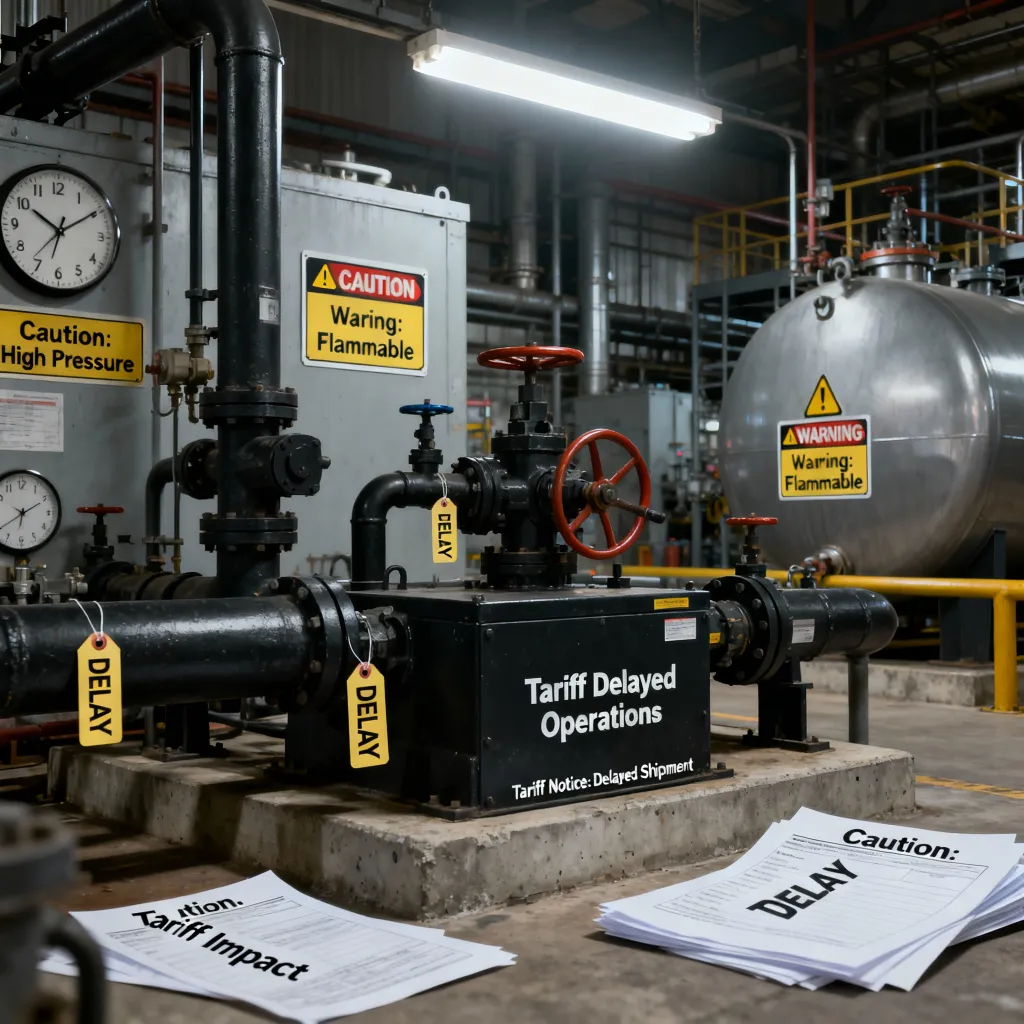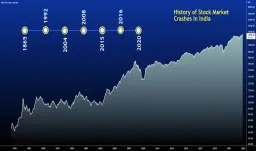Tariffs Shake Up Oil and Gas Sector: What Investors Should Watch

The ripple effects of tariffs are being felt across the global oil and gas industry, delaying projects valued at tens of billions and pushing costs higher as reported recently. These tariff policies, initiated during the Trump administration and sustained into 2026, are reshaping the energy market landscape with significant implications for investors.
The Tariff Impact: Higher Costs and Project Delays
Tariffs on imported equipment and materials have raised costs for oil and gas companies, especially those involved in exploration and infrastructure projects. According to recent reports, these tariffs could delay projects worth around $50 billion. Delays affect production timelines and cash flow, increasing uncertainty in an already volatile market.
With higher import costs, companies are forced to reassess project budgets and timelines, often leading to postponed or canceled investments. These impacts expected yields and profitability, which can pressure stock prices and valuations of firms with heavy exposure to affected projects.
Market Reactions: Oil Prices and Industry Sentiment
Oil prices have seen some slip-off amid these tariff-induced disruptions. Market sentiment tends to get jittery when operational costs rise unexpectedly, especially in a sector as capital intensive as oil and gas. Investors may witness increased price volatility as supply chain challenges lead to unpredictable production levels.
What Investors Should Watch
Project Pipelines: Follow announcements on project delays or cancellations. Prolonged delays can hurt company earnings momentum.
Cost Structures: Monitor companies’ ability to manage increased costs and supply chain challenges. Firms with diversified sourcing or local manufacturing may fare better.
Regulatory Updates: Tariff policies can evolve. Stay updated with government announcements that could ease or worsen trade tensions impacting energy imports.
Oil Price Movements: Keep an eye on oil price trends as they can correlate strongly with sector performance and profitability.
Portfolio Diversification: Consider exposure to companies less impacted by tariffs or those pivoting towards renewables and cleaner energy solutions.
Tips for Investors
Exercise caution with stocks heavily reliant on equipment imports from tariff-impacted countries.
Look for companies with strong balance sheets and operational flexibility to absorb cost shocks.
Stay informed on geopolitical developments, as trade policies are often linked to broader international relations.
Using options or stop-loss orders may help manage risk in this volatile environment.
Consider long-term trends like energy transition and ESG factors that can influence sector resilience beyond immediate tariff impacts.
Conclusion
Tariffs continue to cast uncertainty over the oil and gas sector, creating cost pressures and delaying projects critical for future output. Investors should navigate this complex landscape by keeping informed on trade policies, company fundamentals, and market signals. A measured, well-researched approach will be key to managing risks and capitalizing on opportunities as the energy market adapts.









